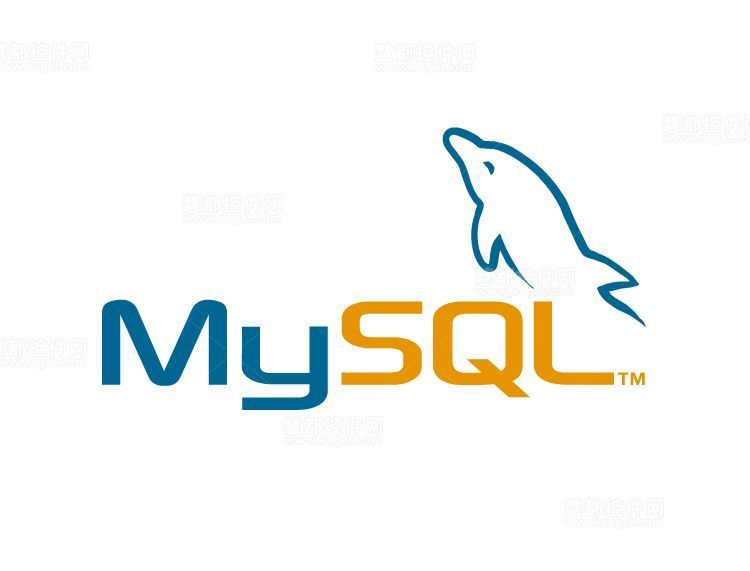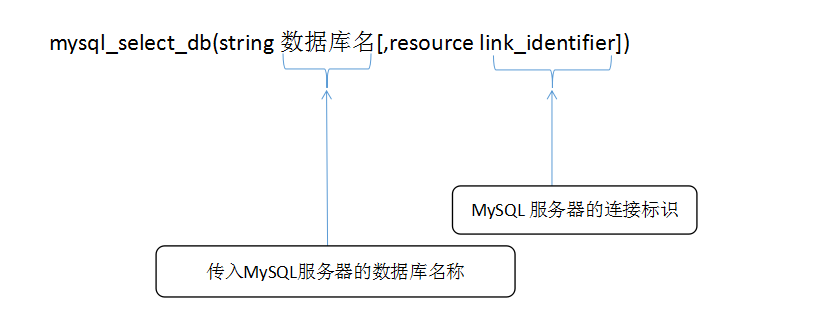Recommended articles about the mysql_select_db() function
How to operate MySQL database with PHP - how to select a database file. In our daily PHP development work, when we want to obtain data from the database, after PHP connects to the database, the next step is to select the database file. A function is used, the mysql_select_db() function selects the database! Before choosing a database, the first thing we do is connect PHP to the database. We have detailed how to establish a connection in the previous article "Using the mysql_connect() function to connect to the database (Method 1 of PHP operating MySQL database)". I won’t introduce much here. Today we will mainly talk about the mysql_select_db() function! The syntax format of the mysql_select_db() function is as follows: mysql_select_db(string database name[,resource link_identifier]) or: mysql_query("use database name"[,resource&
1. About mysql_select_db() Recommended 10 articles

## Introduction: How to operate MySQL database with PHP - How to select the database file in our In daily PHP development work, when we want to obtain data from the database, after PHP connects to the database, the next step is to select the database file, and we need to use a function, the mysql_select_db() function to select the database! , the first thing we do is to connect PHP to the database, which we discussed in the previous article "Using the mysql_connect() function to connect to the database (PHP method for operating MySQL database...
2 . Detailed introduction to selecting database files

3.
Use the mysql_select_db() function to select the database file (method 2 of PHP operating MySQL database)

##4.
The difference between mysql_db_query and mysql_queryIntroduction: I won’t talk about the difference. Yes, you will know after reading the above example. The main difference is that there is one more mysql_select_db. Regarding performance, the use of this function is not recommended since PHP 4.0.6. Do not use this function. Use mysql_select_db() and mysql_query() instead.
5.
CAPI function description (S-W)Introduction: 25.2.3.59. mysql_select_db() int mysql_select_db( MYSQL *mysql, const char *db) Description Makes the database specified by db the default database (current database) on the connection specified by mysql. In subsequent queries, this database will be the default database referenced by tables that do not contain an explicit database separator. Unless you are connected, use
6.
PHP Self-study Tutorial for MySQL DatabaseIntroduction: PHP access to MySQL database General steps: 1. Connect to MySQL database: Use the mysql_connect() function to establish a connection with the MySQL server. 2. Select the MySQL database: Use the mysql_select_db() function to select the database on the MySQL database server. 3. Execute the SQL statement: use the mysql_query() function in the selected database
The above is the detailed content of Recommended articles about the mysql_select_db() function. For more information, please follow other related articles on the PHP Chinese website!

Hot AI Tools

Undresser.AI Undress
AI-powered app for creating realistic nude photos

AI Clothes Remover
Online AI tool for removing clothes from photos.

Undress AI Tool
Undress images for free

Clothoff.io
AI clothes remover

Video Face Swap
Swap faces in any video effortlessly with our completely free AI face swap tool!

Hot Article

Hot Tools

Notepad++7.3.1
Easy-to-use and free code editor

SublimeText3 Chinese version
Chinese version, very easy to use

Zend Studio 13.0.1
Powerful PHP integrated development environment

Dreamweaver CS6
Visual web development tools

SublimeText3 Mac version
God-level code editing software (SublimeText3)

Hot Topics
 1386
1386
 52
52
 Explain InnoDB Full-Text Search capabilities.
Apr 02, 2025 pm 06:09 PM
Explain InnoDB Full-Text Search capabilities.
Apr 02, 2025 pm 06:09 PM
InnoDB's full-text search capabilities are very powerful, which can significantly improve database query efficiency and ability to process large amounts of text data. 1) InnoDB implements full-text search through inverted indexing, supporting basic and advanced search queries. 2) Use MATCH and AGAINST keywords to search, support Boolean mode and phrase search. 3) Optimization methods include using word segmentation technology, periodic rebuilding of indexes and adjusting cache size to improve performance and accuracy.
 When might a full table scan be faster than using an index in MySQL?
Apr 09, 2025 am 12:05 AM
When might a full table scan be faster than using an index in MySQL?
Apr 09, 2025 am 12:05 AM
Full table scanning may be faster in MySQL than using indexes. Specific cases include: 1) the data volume is small; 2) when the query returns a large amount of data; 3) when the index column is not highly selective; 4) when the complex query. By analyzing query plans, optimizing indexes, avoiding over-index and regularly maintaining tables, you can make the best choices in practical applications.
 Can I install mysql on Windows 7
Apr 08, 2025 pm 03:21 PM
Can I install mysql on Windows 7
Apr 08, 2025 pm 03:21 PM
Yes, MySQL can be installed on Windows 7, and although Microsoft has stopped supporting Windows 7, MySQL is still compatible with it. However, the following points should be noted during the installation process: Download the MySQL installer for Windows. Select the appropriate version of MySQL (community or enterprise). Select the appropriate installation directory and character set during the installation process. Set the root user password and keep it properly. Connect to the database for testing. Note the compatibility and security issues on Windows 7, and it is recommended to upgrade to a supported operating system.
 Difference between clustered index and non-clustered index (secondary index) in InnoDB.
Apr 02, 2025 pm 06:25 PM
Difference between clustered index and non-clustered index (secondary index) in InnoDB.
Apr 02, 2025 pm 06:25 PM
The difference between clustered index and non-clustered index is: 1. Clustered index stores data rows in the index structure, which is suitable for querying by primary key and range. 2. The non-clustered index stores index key values and pointers to data rows, and is suitable for non-primary key column queries.
 What are some popular MySQL GUI tools (e.g., MySQL Workbench, phpMyAdmin)?
Mar 21, 2025 pm 06:28 PM
What are some popular MySQL GUI tools (e.g., MySQL Workbench, phpMyAdmin)?
Mar 21, 2025 pm 06:28 PM
Article discusses popular MySQL GUI tools like MySQL Workbench and phpMyAdmin, comparing their features and suitability for beginners and advanced users.[159 characters]
 How do you handle large datasets in MySQL?
Mar 21, 2025 pm 12:15 PM
How do you handle large datasets in MySQL?
Mar 21, 2025 pm 12:15 PM
Article discusses strategies for handling large datasets in MySQL, including partitioning, sharding, indexing, and query optimization.
 MySQL: Simple Concepts for Easy Learning
Apr 10, 2025 am 09:29 AM
MySQL: Simple Concepts for Easy Learning
Apr 10, 2025 am 09:29 AM
MySQL is an open source relational database management system. 1) Create database and tables: Use the CREATEDATABASE and CREATETABLE commands. 2) Basic operations: INSERT, UPDATE, DELETE and SELECT. 3) Advanced operations: JOIN, subquery and transaction processing. 4) Debugging skills: Check syntax, data type and permissions. 5) Optimization suggestions: Use indexes, avoid SELECT* and use transactions.
 Explain different types of MySQL indexes (B-Tree, Hash, Full-text, Spatial).
Apr 02, 2025 pm 07:05 PM
Explain different types of MySQL indexes (B-Tree, Hash, Full-text, Spatial).
Apr 02, 2025 pm 07:05 PM
MySQL supports four index types: B-Tree, Hash, Full-text, and Spatial. 1.B-Tree index is suitable for equal value search, range query and sorting. 2. Hash index is suitable for equal value searches, but does not support range query and sorting. 3. Full-text index is used for full-text search and is suitable for processing large amounts of text data. 4. Spatial index is used for geospatial data query and is suitable for GIS applications.




